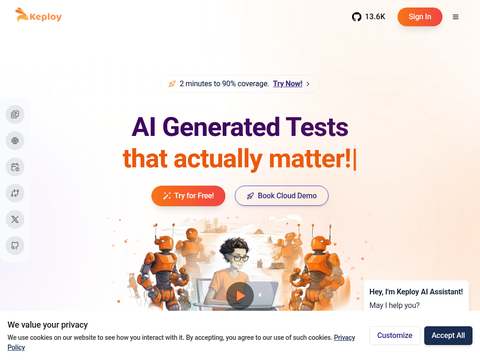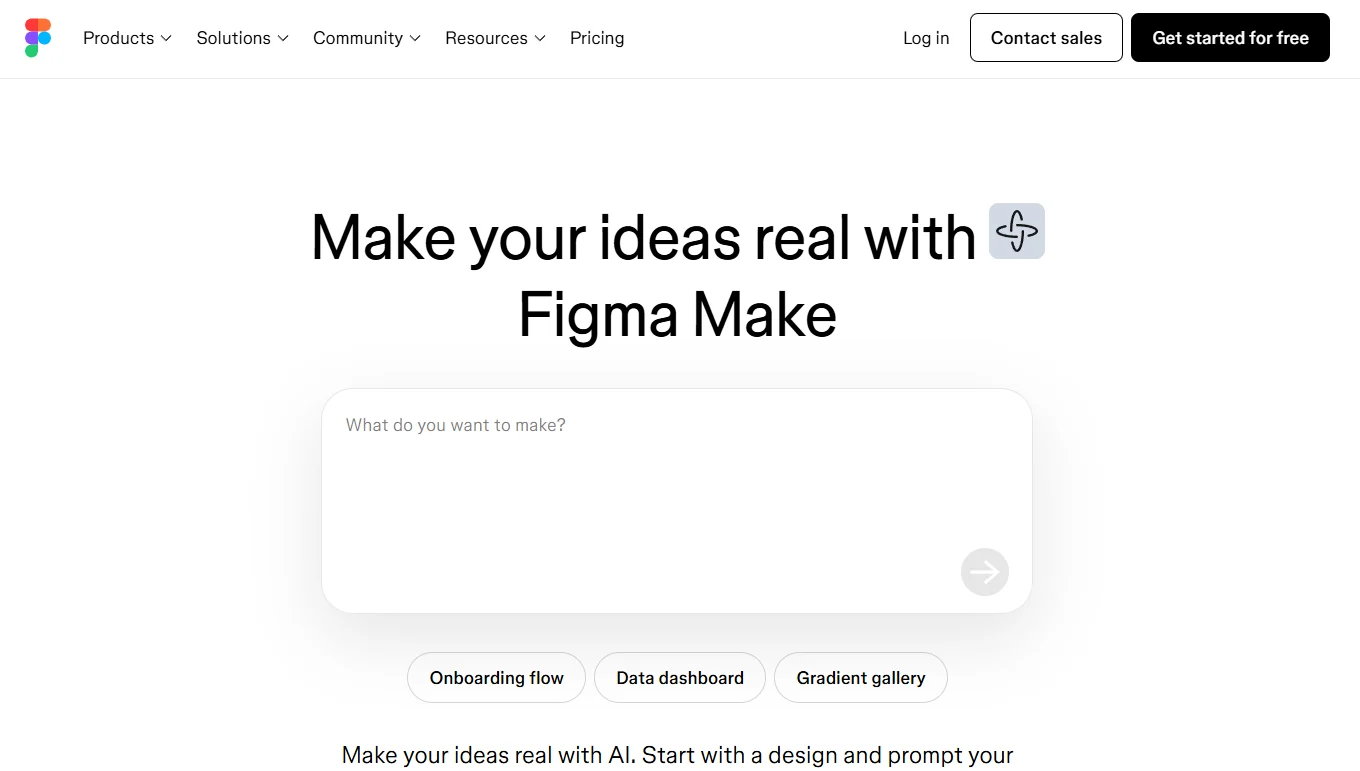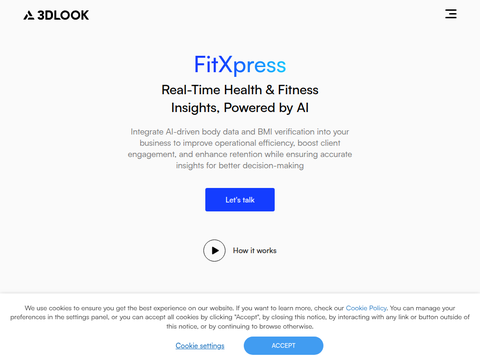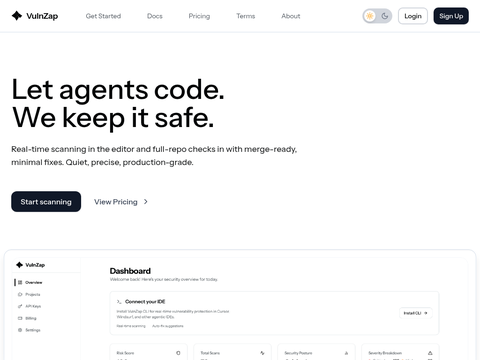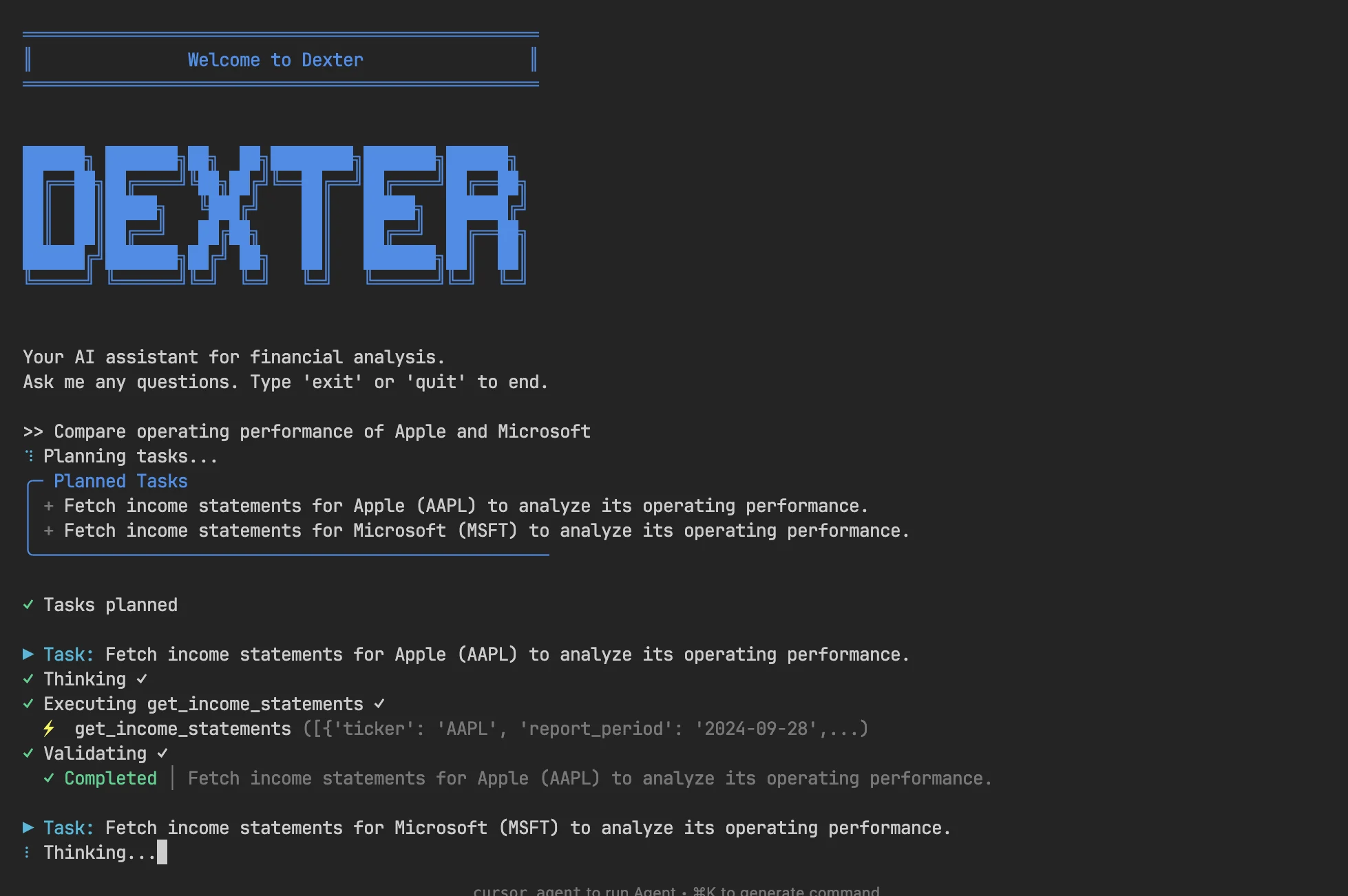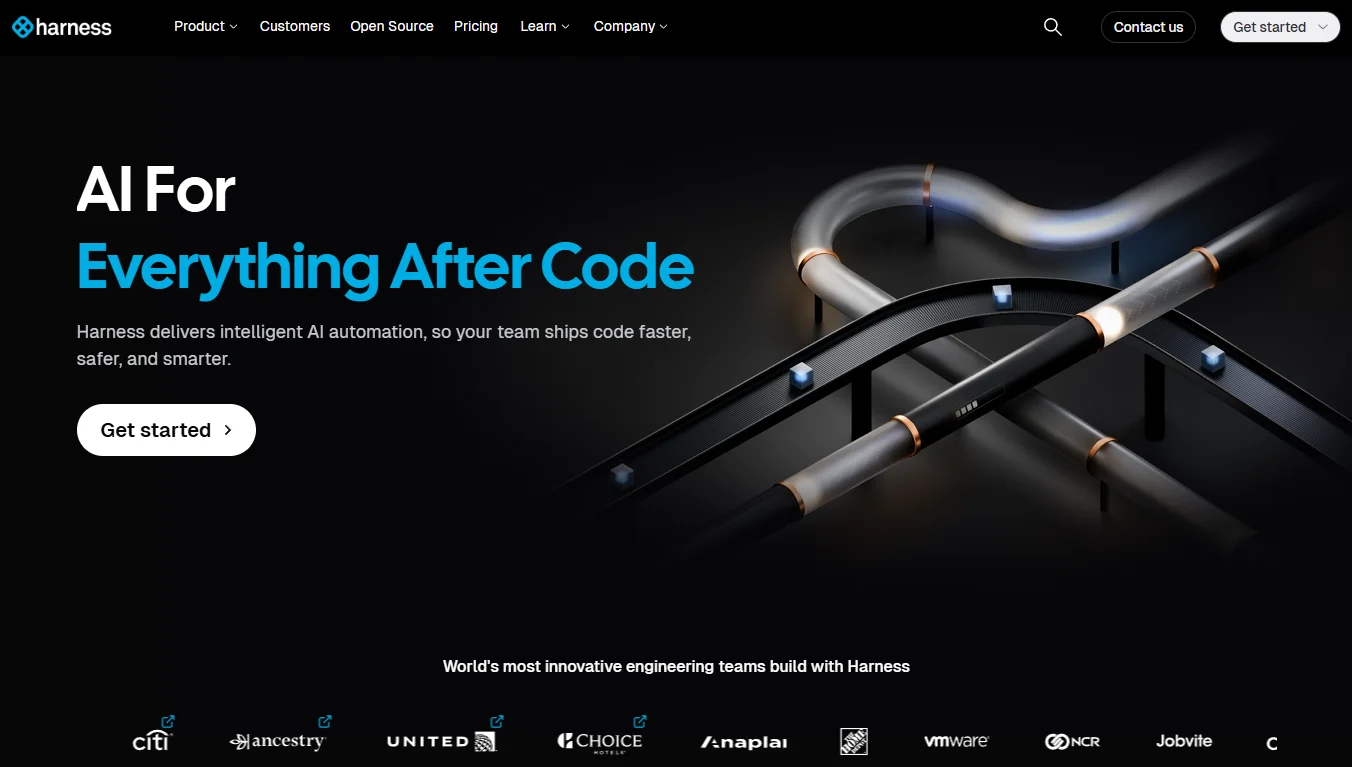At Monday's 2025 Worldwide Developers Conference keynote, Apple concluded with a complete overhaul of its device operating systems and a striking new design. However, despite improvements across iPhone, iPad, Mac, Apple Watch, and Vision Pro, one question remains: what's the progress on Apple Intelligence?
When Apple made a strong push into AI at the 2024 WWDC, CEO Tim Cook described it as a new chapter for the company, combining Apple's hardware with the growing momentum in generative AI. Apple Intelligence aimed to position the company alongside OpenAI, Nvidia, Google, and Microsoft.
A year later, this promise largely remains unfulfilled, sparking industry-wide criticism and internal turmoil within the company.
In fact, Apple's most notable impact on the AI field might be last week's research paper titled "The Illusion of Thought," where the company outlined limitations of large language models and warned against overestimating their reasoning capabilities. The paper emphasized that while LLMs appear intelligent, they primarily rely on pattern recognition.
Nevertheless, during today's presentation, Craig Federighi, Apple's senior vice president of software engineering, announced AI integration: "We're making the generative models powering Apple Intelligence more powerful and efficient, and continuing to leverage Apple Intelligence throughout more of our ecosystem," he said.
Federighi revealed that Apple is opening up its AI infrastructure to developers through a new "Foundation Model Framework," enabling applications to directly harness the same on-device intelligence that powers Apple's own software. Xcode updates introduce generative tools for developers, including ChatGPT integration, predictive code completion, and conversational programming via Swift Assist.
Perhaps after the underwhelming launch of Apple Intelligence, Apple hopes to exceed expectations by making modest promises.
Instead, today's demonstration focused more on a complete visual redesign of macOS and iOS, creating a more consistent user experience across Apple's entire product suite. The redesign features "Liquid Glass" – a responsive, context-aware design element that adapts based on device touch, content, and context. The redesign impacts everything from the lock screen to system icons, aiming to create seamless transitions between Apple devices.
Other updates revealed at WWDC include enhancements to Messages, now supporting polls, custom backgrounds, typing indicators, group payments, and improved spam filtering. Real-time translation functionality enables AI-powered language translation in Messages, FaceTime, and phone calls.
The Phone app is receiving upgrades including Hold Assist – a method to combat being put on hold through standby mode, which alerts you when the person you're trying to reach finally answers – and call screening, prompting callers to introduce themselves before connecting. Notably, this feature existed in 2009 with Google Voice's launch.
- iPadOS 26: A new windowing system, upgraded Files app, and professional-grade audio/video workflows.
- VisionOS 26: Spatial computing improvements and support for third-party accessories, including PlayStation VR2 Sense controllers.
- WatchOS 26: A chatty "Workout Buddy" that will cheer you on during your exercise sessions.
Apple stated these updates will be available in public beta in July, with full release coming in the fall.

